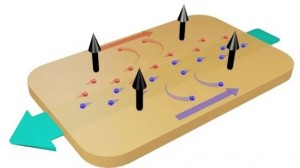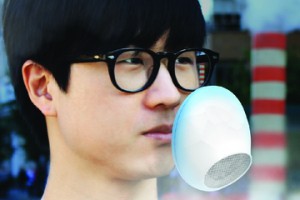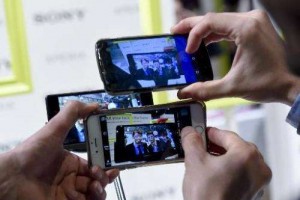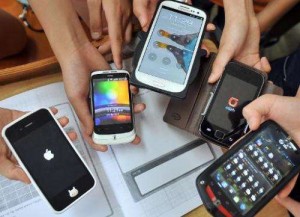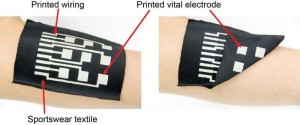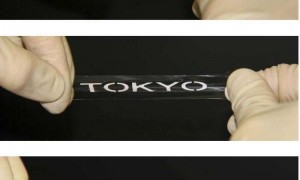Compound discovery sets stage for speedier electronic devices
lectronics can get faster and better more quickly thanks to the discovery that niobium phosphide has an especially high magnetoresistance – a phenomenon illustrated here in which electrons are deflected from their original direction of flow (green arrow) by a magnetic field (black arrows), increasing electric resistance
A discovery at the Max Planck Institute for Chemical Physics of Solids could pave the way for further leaps forward in the speed of electronic systems. The scientists, who worked in collaboration with colleagues at Helmholtz-Zentrum Dresden-Rossendorf and Radbound University, found that a material called niobium phosphide, which is a compound of transition metal niobium and phosphorus, dramatically increases its resistance in a magnetic field. The material could find use in faster, higher-capacity hard drives and other electronic components.
Electronic components such as hard disks typically use layers of different materials in filigree structure (tiny beads and threads of metal soldered onto the surface) to exploit a phenomenon known as magnetoresistance to develop a high electric resistance, which allows for higher density of data and thus greater storage capacity.
What happens here is that a tiny amount of electricity causes the charge carriers to deflect via a phenomenon called the Lorentz force, and then that causes electrons to flow in the “wrong” direction – thereby increasing electric resistance and allowing a very precise read of the data that’s magnetically stored in a given location.
“The faster the electrons in the material move, the greater the Lorentz force and thus the effect of a magnetic field,” explains study lead author Binghai Yan. The electrons in this material, niobium phosphide, travel very quickly. Niobium phosphide contains superfast charge carriers, or relativistic electrons, that move at 300 km/s (186 mi/s), which is one-thousandth the speed of light. And that extreme speed allows the resistance to increase by a factor of 10,000.
The researchers believe that niobium phosphide has “enormous potential for future applications in information technology” – not only in hard drives but also in many other electronic components that use magnetoresistance to function.
References:http://www.gizmag.com/

